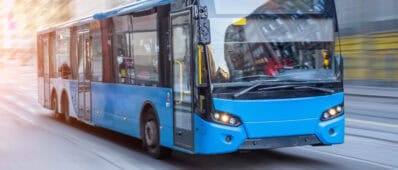Abstract
This report investigates whether the implementation in 2015 of California Assembly Bill 60 (AB 60) which requires the California Department of Motor Vehicles to issue a driver’s license to applicants who can prove California residency even if they are not legal US residents was responsible for subsequent declines in Orange County Transportation Authority (OCTA) bus ridership. Changing socioeconomic conditions, poor connectivity, poor service quality, and increased competition from TNCs are possible reasons behind this negative trend. Another potential cause is the implementation in 2015 of AB 60. In this context, this study examines the association between changes in OCTA bus ridership and the inception of AB 60 while controlling for differences in transit supply, socioeconomic variables, gas prices, multi-family rent, and single-family home value. To explain changes in monthly average weekday ridership, we estimated four route-level fixed-effect panel regression models different types of bus service. We analyzed ridership data for 2014 (just before AB 60) and 2015-2016 (the first two years after AB 60) for local, community, express, and station link routes. For local and community routes, we find decreases in the monthly OCTA bus ridership coefficients. For local routes, they range from a low of 1.7% in the Winter to a high of 7.7% in the Fall of 2015-16 compared to 2014. To counter this slide in ridership, OCTA may consider adjusting its service, increasing service frequency on selected routes, and exploring free or discounted pass programs.



